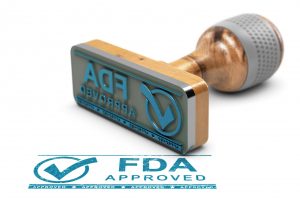
Most of us pay our bills on time. If we break a neighbor’s rake, we promptly purchase a replacement. If our child dumps fruit punch on a friend’s carpet, we pay to have it cleaned. In fact, we don’t really think about these unwritten rules often; it’s just the right thing to do, so most of us do it instinctually: if we cause damage, we pay for the damage. But too often companies refuse to pay fair settlements to resolve product failure cases, even in the face of a mountain of evidence that (1) the product clearly failed and (2) the failure physically injured the person. For example, let’s say a sixty-eight year old retired schoolteacher learns her metal-on-metal artificial hip implant has failed; her doctor tells her that, in addition to the pain she feels in her hip and leg, she now suffers from dangerously high cobalt and chromium levels (a condition called “metallosis”). Thousands of other injured people have similar claims, but the manufacturer of the failed hip product simply won’t pay. Why not?
Well, I can’t know all the reasons, but let’s look at a few theories:
Companies Don’t Like to Pay Settlements
 North Carolina Product Liability Lawyer Blog
North Carolina Product Liability Lawyer Blog








